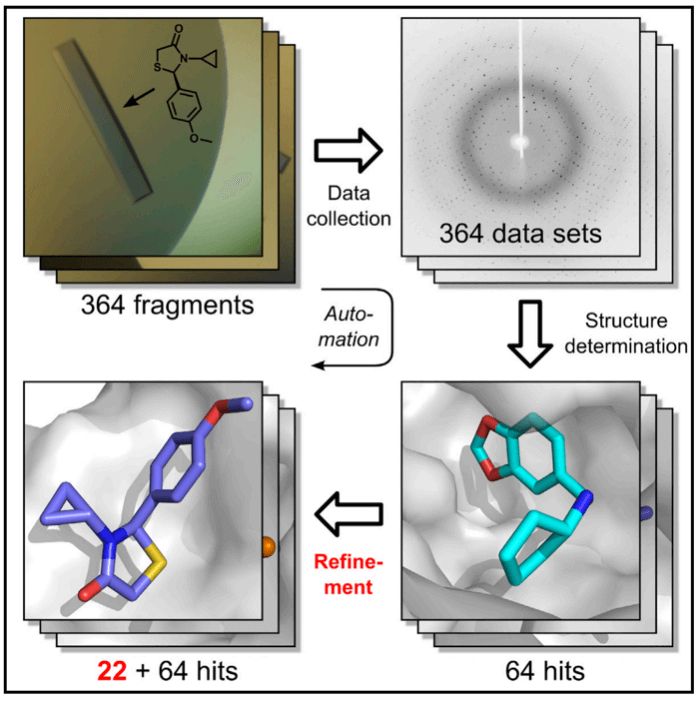High-Throughput Crystallization
With the advent of the Structural Genomics and Structural Proteomics era, a large number of proteins now emerge as important targets in the drug discovery process. Knowledge of the 3-D structure of proteins has a great potential to accelerate the rational design of novel and improved drug candidates. X-ray crystallography is the most widely used technique for protein structure determination and has come to play an increasingly critical role in the drug discovery process during the past few years. Yet technical challenges and time constraints have traditionally limited its use primarily to lead optimization.
The massive improvement in the speed of X-ray crystallography has created the possibility of a new field: High-Throughput Crystallography (HTC). It is now feasible to include it as a step in commercial drug discovery programs. Scientists, both from industry and academia, will be able to efficiently screen larger numbers of small molecules for their ability to bind to proteins, thus making the search for innovative drug candidates and chemical probes quicker and easier.
 Figure 1. High-throughput X-ray crystallography for fragment based drug
design.
Figure 1. High-throughput X-ray crystallography for fragment based drug
design.
Creative Biostruture is devoted to the development and automation of high-throughput protein crystallization methods in the laboratory, with two aims: 1) our protein crystallization service should cover all stages from gene cloning to structure determination in a ‘‘pipeline-like’’ manner, and 2) the service should be able to process proteins with highly diverse properties and origins through standardized protocols simultaneously.
Advantages
- Fast and parallel pipeline for plasmid construction
- New high-density media for expression and purification of native and labeled proteins
- Data mining to optimize protein sequence to promote protein crystallization
- High-throughput crystal-growth screening experiments in 1,536-well format
- Automated diffraction data collection using synchrotron radiation
- Automated structure refinement
- Substantially reduced cost and significantly improved quality of structure determination
Applications
- Protein target identification
- Structure based drug design
- Lead optimization
- Understanding drug–protein interaction in atomistic detail
With the speedup of every step of the crystallography process, it is now possible to determine the structure of many different protein–ligand complexes for a particular protein and collect a large number of datasets at one time. These entire datasets can be collected and analyzed in a few days to create a wealth of previously unavailable information about how drug candidates interact with protein targets. Robotic instruments are being utilized to automate the combination of proteins with ligands so that a true high-throughput process can be developed. To date, Creative Biostructure has already made numerous achievements in structural genomics and drug discovery, providing unprecedented insight into the interaction of drug candidates with their protein targets.
Please feel free to contact us for a detailed quote.
References
- Schiebel J, et al . (2016) “High-throughput crystallography: reliable and efficient identification of fragment hits”. Structure 24(8):1398-409.
- Blundell TL, et al . (2002) “High-throughput crystallography for lead discovery in drug design”. Nat Rev Drug Discov 1(1):45-54.
